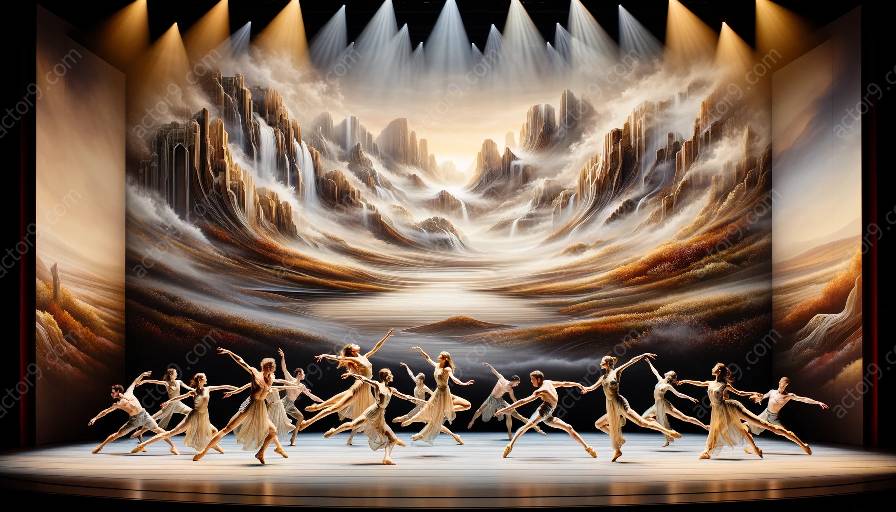The Impact of Inclusivity and Representation in Physical Theatre Choreography
Physical theatre is a dynamic art form that combines movement, gesture, and expression to convey powerful narratives and emotions. In recent years, there has been a growing recognition of the importance of inclusivity and representation in physical theatre choreography. The art form has the potential to transcend cultural and social boundaries, making it a powerful platform for promoting diversity and understanding.
Embracing Diversity through Inclusive Practices
When physical theatre choreographers prioritize inclusivity and representation, they create spaces for performers of diverse backgrounds and experiences to express themselves authentically. This not only enriches the storytelling but also fosters an environment of respect and understanding. Embracing diversity in physical theatre choreography allows for the exploration of different perspectives and narratives, ultimately contributing to a more nuanced and impactful portrayal of human experiences.
Challenges and Opportunities
While the push for inclusivity and representation in physical theatre choreography is essential, it also comes with its own set of challenges. Choreographers may face obstacles in navigating cultural sensitivities, addressing stereotypes, and ensuring that representations are authentic and respectful.
However, these challenges also present opportunities for growth and innovation. By engaging in open dialogue, collaborating with artists from various backgrounds, and actively seeking feedback, choreographers can create choreography that authentically reflects the diversity of the human experience.
Creating Meaningful Connections
Physical theatre, with its focus on non-verbal communication and expressive movement, has the potential to create meaningful connections across barriers of language, culture, and identity. By incorporating diverse perspectives and experiences into choreography, physical theatre can offer audiences an opportunity to connect with stories that resonate with their own lived experiences or introduce them to narratives they may not have encountered before.
The Role of Education and Advocacy
Education and advocacy within the physical theatre community play a pivotal role in promoting inclusivity and representation. By equipping emerging practitioners with the tools to approach choreography with cultural sensitivity and inclusivity, the art form can continue to evolve and offer a platform for diverse voices to be heard.
Conclusion
Inclusivity and representation in physical theatre choreography are essential for creating a vibrant, diverse, and impactful art form. By embracing diversity, addressing challenges, and advocating for inclusivity, physical theatre choreographers contribute to the evolution of the art form and amplify the voices of underrepresented communities.




































